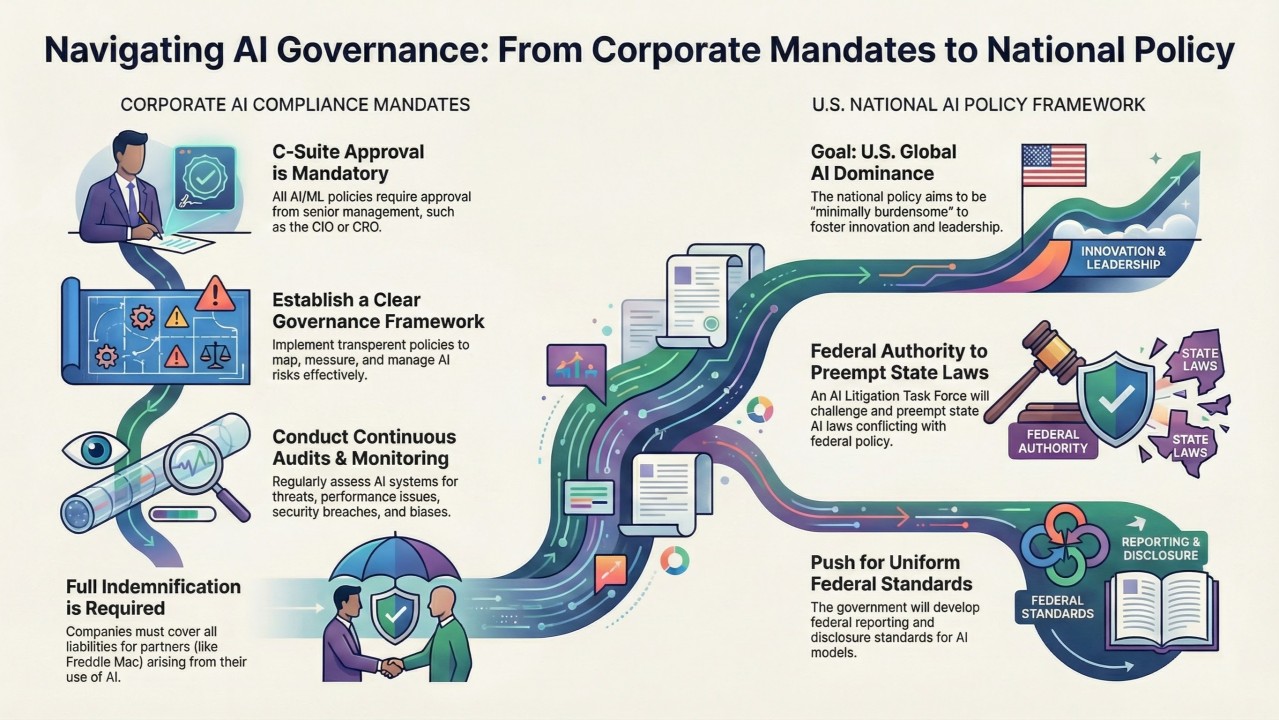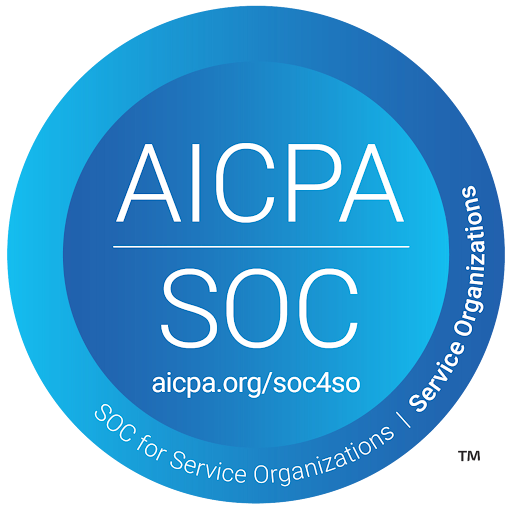By Jaedri WoodWhen reading through a job application, the first question that comes to mind is “Do I fulfill the requirements?” This is a reasonable question, but job seekers tend to forget the other side of the requirement coin: “Does the employer/ organization fulfill my requirements as well?” Searching for the right job to fit your career goals is a tireless effort, especially in today’s market. However, this effort should not be one-sided. Job seekers should inquire about mobility, training, and how to succeed in the company rather than solely completing the required tasks in the job description. Employers should also be searching for a forward-thinking team member who will go above and beyond to not only complete tasks, but who will always ask “what’s next?”The mistake many make after securing a job, is not asking about the future of their role. If team members never ask what is next, they will be stuck in a role of maintenance, not excellence. To break out of the maintenance phase, employees must pursue internal and/or external continuous learning. Continuous learning is what transforms an employee into a valuable, retainable team member. In an agile world, where quick iteration and continuous development are paramount, team members are pushed to do more, do it faster, and do it better every time. From an organization’s perspective, it is easy to claim to be successful when the technology is steadily improving. However, as an organization, we do ourselves, our clients, and our team members a great disservice if we think software is the only thing that needs continuous improvement.Software improvement would not be possible without the mass amounts of time, energy, and creativity that comes from the people designing it. Team members must have this same drive when it comes to their own improvement within an organization. When the software is upgraded, the team member’s skillset should be as well. For example, if someone is hired on to manage a specific software project, what happens when a more complex project comes along that they are not familiar with? While some companies may opt to give the work to a more skilled team member, we would suggest a different alternative: train them instead. When organizations invest in training or other learning programs, it shows team members that they are valuable investments and encourages them to pursue more growth opportunities. Investing in training for employees makes them feel more adept to handle challenging tasks, reduces turnover, and increases the profit margin of a company by 24% on average. Beyond the balance sheet, an IBM study reported that employees who feel they cannot develop in the company and fulfill their career goals are 12 times more likely to leave the company. The cost of turnover and rehiring must not be understated. Retaining skilled, happy, productive employees is a consistent investment that must be made by the company if they wish to avoid those costs. Furthermore, companies should foster a learning environment beyond the available trainings. Learning new skills is a result of thinking, not just teaching. Organizations are responsible for creating an environment where team members can leverage their new skills and actually use them. After all, training is expensive, and the return on investment will be lost if a certification is gained but not used.Team members should be empowered and encouraged to seek out trainings or learning opportunities to further invest in themselves and the organization. Not every employee will ask or want to be trained more extensively for their role, and that is perfectly acceptable. However, companies who do not set aside investment capital for funding the employees who do with to pursue that path, will be missing out on prime opportunities to create a stronger, more dedicated, and passionate workforce than ever before.At PhoenixTeam, continuous, lifetime learning is one of our core values. We are proud of the environment we have created where each of our team members is continuously growing, learning, and talking about it—a lot! From software engineers to our diversity and inclusion team, everyone is empowered to step out of their typical role and learn something new. Continuous learning makes our team more versatile, agile, and better as a whole. We are more than the certifications we achieve, we are practitioners and experts. Our team puts our certifications to the test every day by finding new ways to implement and improve ourselves and the software we create. Many of our team members are SAFe certified, Certified Scrum Masters, have an array of Mortgage knowledge and experience, and much more. Why do we invest so heavily in training? It’s simple: our goal is to have a team that is capable of anything. If there is a knowledge gap, we search for trainings to mitigate it. Once we know what we don’t know, the work begins to become experts in any and every field we can. Continuous learning is what differentiates us from the rest. We are here to learn, not just here to do.





